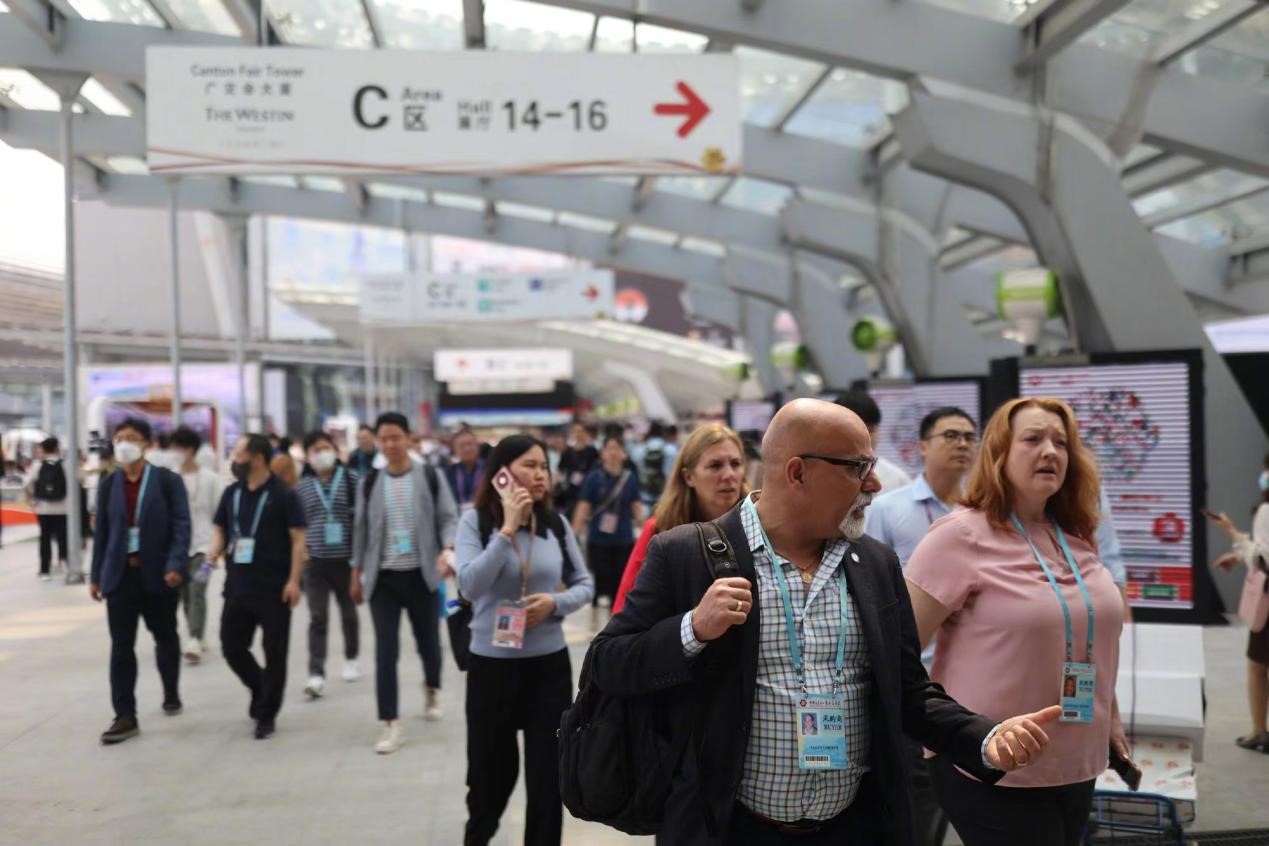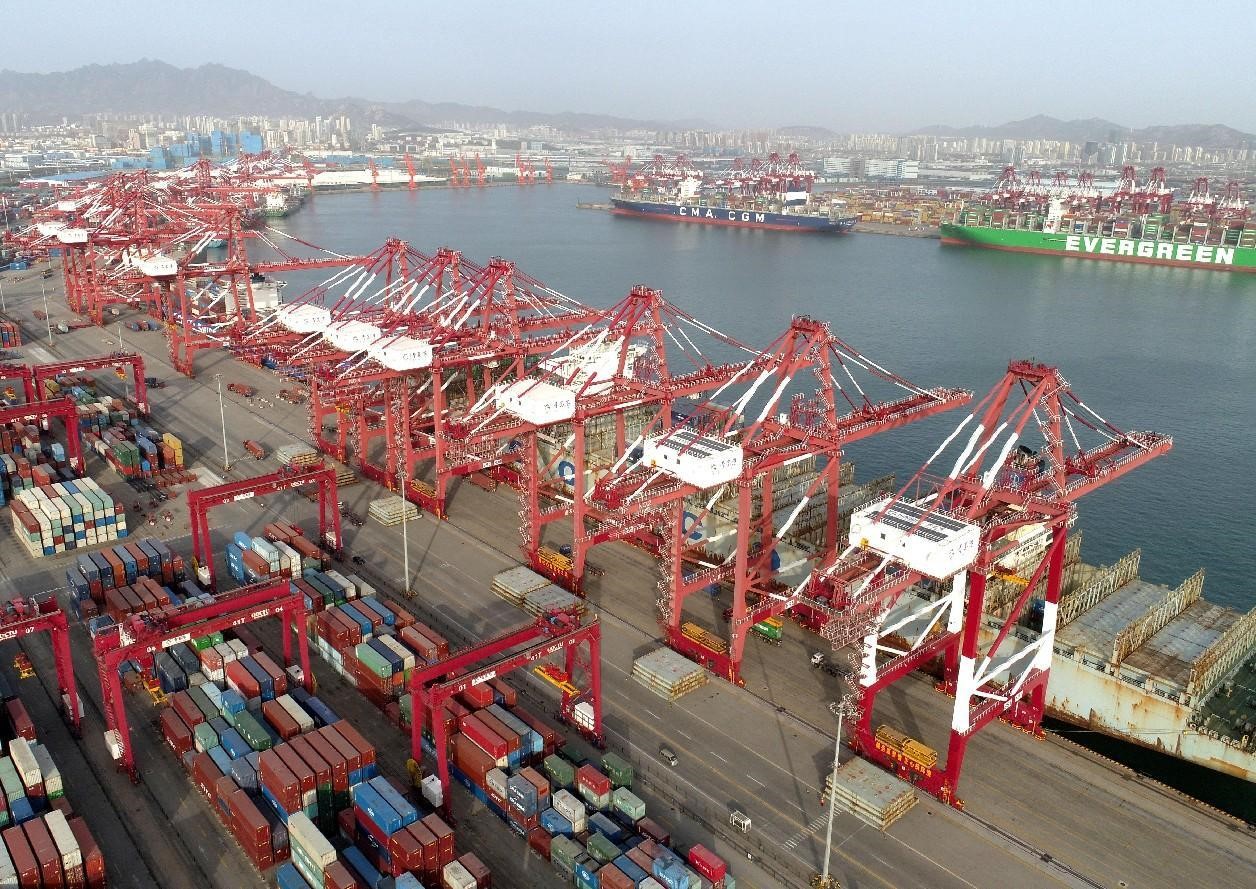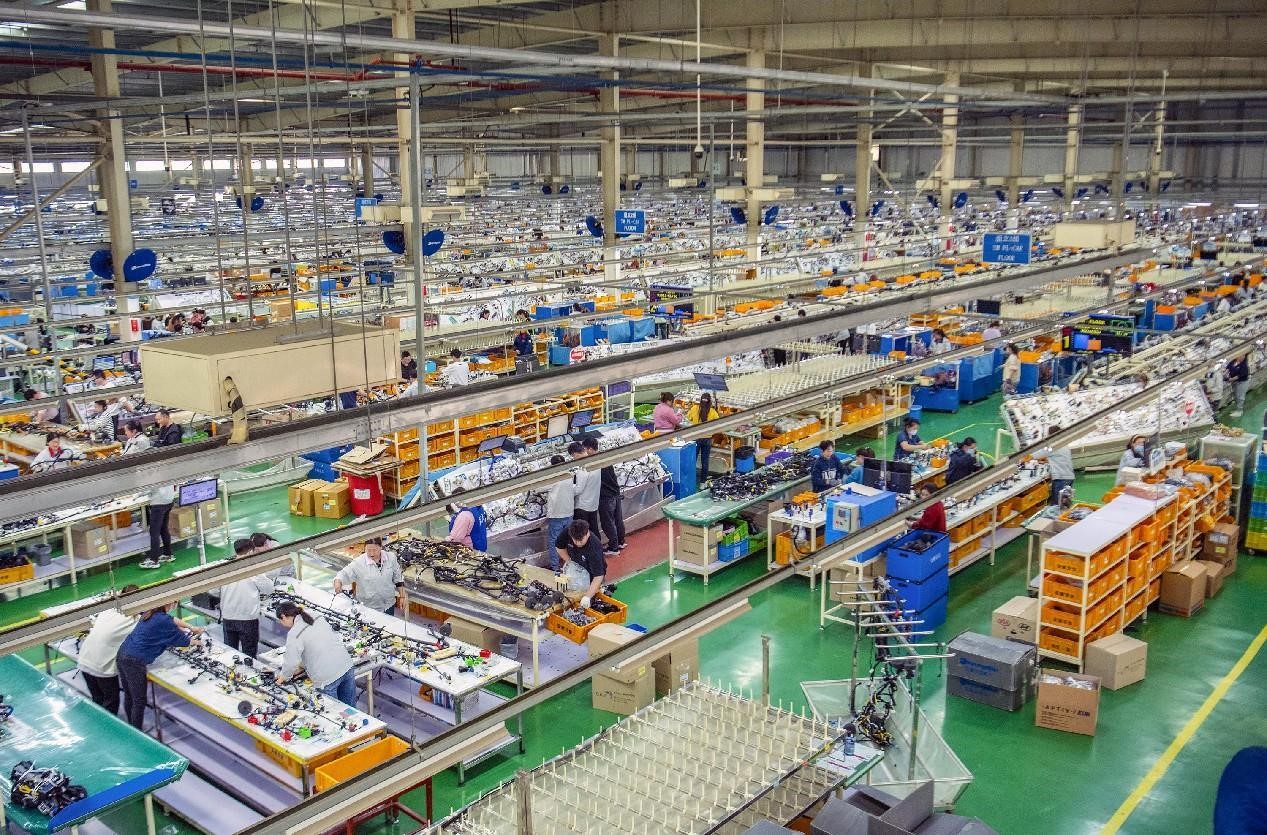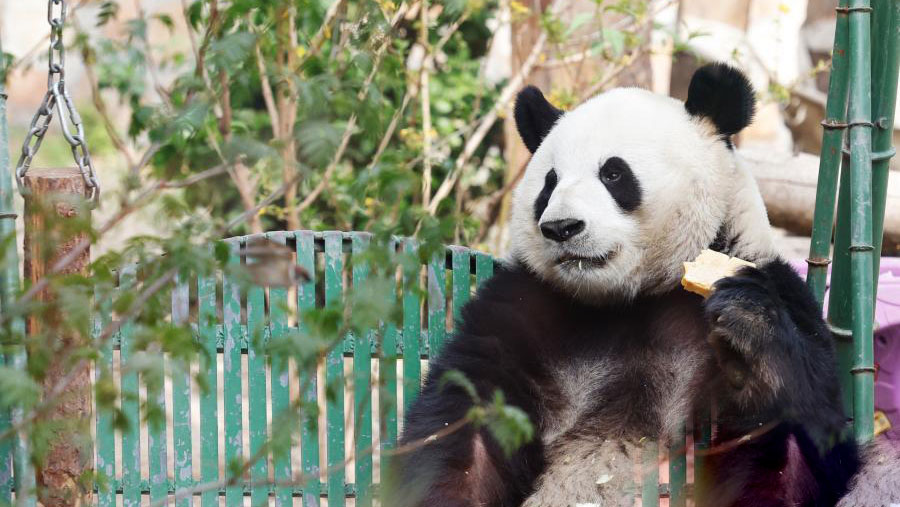China's foreign trade sector strives for steady, high-quality growth

Photo shows Chinese and foreign merchants joining the 133rd China Import and Export Fair. (Photo from Guangzhou Daily)
China's foreign trade, after experiencing a 7 percent year-on-year drop in January this year, went up 8 percent and 15.5 percent in the following two months, respectively. It manifests the country's confidence in ensuring steady and high-quality foreign trade growth against a complicated background.
Recently, Chinese enterprises just wrapped up their exhibition at the World Smart Energy Week 2023 running from March 15 to 17 at the Tokyo International Exhibition Center features top-notch energy technologies and products in various categories. Many of them engaged in the new energy sector have signed major deals and met with new and old partners.
Japan is an important market for Chinese new energy products. Many Japanese companies have cooperated with their Chinese suppliers for over a decade.
"Chinese enterprises rushed to visit their Japanese clients at the earliest time possible immediately after China optimized its COVID-19 response last December," said Meng Jing, general manager of the business department of Grand International Exhibition Co., Ltd., the company that led the Chinese enterprise delegation to Japan this time.
High passion for joining overseas exhibitions has been observed among Chinese enterprises. The total exhibition area of Chinese enterprises at the World Smart Energy Week was expanded to 7,000 square meters from 2,000 square meters last year.
According to Meng, Chinese enterprises shone through at the World Smart Energy Week, thanks to their delicately decorated booths, well-prepared exhibits and sales strategy. Compared with that at the event held before COVID-19, the number of visitors this year rose 10 percent. Chinese new energy enterprises just received high attention.

Containers are handled at the Qianwan Container Terminal of the Qingdao Port in east China's Shandong province. (People's Daily Online/Zhang Jingang)
Market expansion and order seeking have remained keywords for the Chinese foreign trade sector this year. Some regions have sent business delegations overseas for business negotiation and exhibitions, and some hosted brick-and-mortar economic forums, trying to gain an initiative as external demand weakens.
Expanding the foreign trade market is important for relevant enterprises. According to statistics, 457,000 foreign trade enterprises in China registered import and export performance in the first quarter, up 5.9 percent from a year ago.
In the first three months, China's trade with ASEAN, its largest trading partner, stood at 1.56 trillion yuan ($226.15 billion), up 16.1 percent year-on-year, and 11.3 percentage points higher than the country's overall trade growth rate. It accounted for 15.8 percent of China's total foreign trade in the same period.
China's trade with the EU, the United States, Japan and the Republic of Korea reached 1.34 trillion yuan, 1.11 trillion yuan, 546.41 billion yuan and 528.46 billion yuan, respectively, during the three-month period, accounting for 35.6 percent of the country's foreign trade.
From January to March, China's imports and exports with economies participating in the Belt and Road Initiative surged 16.8 percent year-on-year to account for 34.6 percent of its foreign trade, while trade with other participating countries of the Regional Comprehensive Economic Partnership rose 7.3 percent from the first quarter of 2022. The country's total imports and exports with emerging markets in Latin America and Africa grew 11.7 percent and 14.1 percent, respectively.

Photo shows a busy production line of automobile cables in a workshop of a company in east China's Anhui province. (People's Daily Online/Xiao Benxiang)
Bai Ming, a researcher with the Chinese Academy of International Trade and Economic Cooperation under the Ministry of Commerce (MOFCOM), believes that developing countries and ASEAN make a huge market, and foreign enterprises should take the opportunities of the China-ASEAN free trade area and the RCEP to work for win-win results.
As the Philippines ratified the RCEP agreement, the trade pact has taken effect for all 15 member countries, which significantly widens market access for Chinese enterprises. Wang Shouwen, vice commerce minister and China international trade representative at the MOFCOM, noted that relevant departments are still negotiating over and signing new deals of free trade, to create a better external environment for China's foreign trade.
As a barometer of China's foreign trade, the China Import and Export Fair, also dubbed as the Canton Fair, is currently being hosted in Guangzhou, south China's Guangdong province. The event has resumed physical exhibition and is joined by hundreds of thousands of exhibitors from more than 220 countries and regions.
"The Canton Fair is a hot destination for global products and merchants. It is where the flows of personnel, logistics, capital and information gather. It has forcefully promoted the development of trade, investment, consumption, tourism and catering," said Chu Shijia, head of the China Foreign Trade Center, at a recent press conference.
A study showed that the Canton Fair contributed to the development of local economy by 1:13.6, which fully indicates the event's important role in serving global trade, promoting Chinese-foreign connection and driving economic development.
Photos
Related Stories
Copyright © 2023 People's Daily Online. All Rights Reserved.









